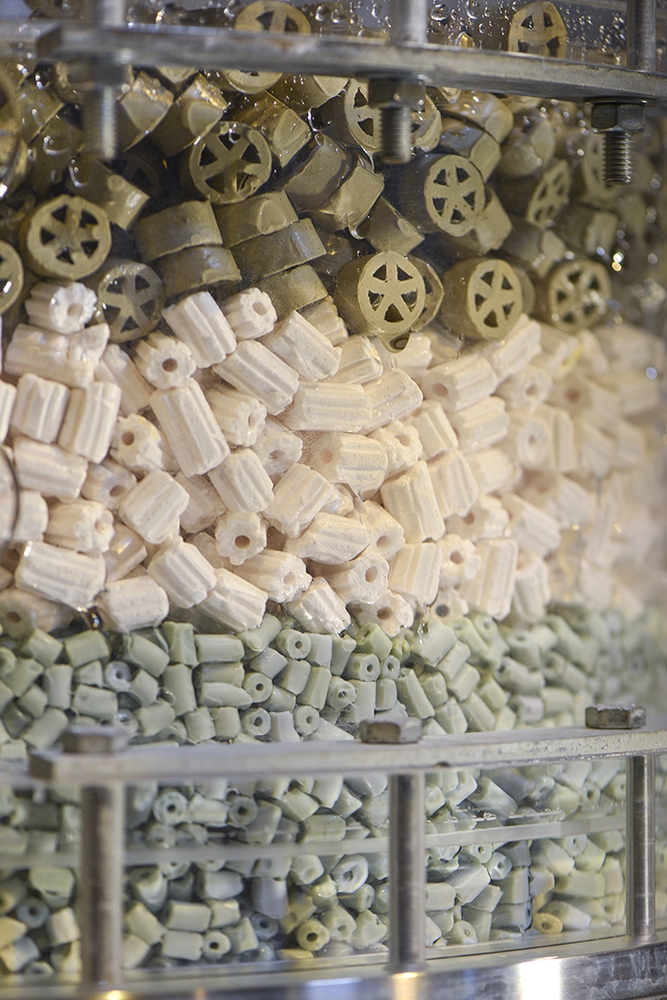
Nickel & Vanadium Management
Axens Offer
Typically, the maximum level of nickel and vanadium allowable on VGO hydrotreating catalysts is in the range of 3 to 5 wt%. Because of the specific structure of the large molecules (porphyrin) containing nickel and vanadium, distinct demetalization catalysts must be used.
In the case of resid hydroprocessing, the HF 858 catalysts combined with other products from the HF and HM series enable very high metal removal activity and very high metal retention. The maximum uptake of nickel + vanadium allowable on the hydrodemetalization catalyst can exceed 100 wt%.
Other Related Axens Solutions
You Might Be Interested In
Residue Hydroconversion & Hydroprocessing
Due to new regulation on the market such as IMO or coke regulations, residue hydroconversion & hydroprocessing technologies become key technologies for VR upgrading.
Residue Hydrotreating Catalysts
RDS units include a number of reactors in series, each with a dedicated function. These units require a tailored catalyst system characterized by three reaction zones where the types and quantities of each catalyst are determined as a function of the feedstock difficulty and the objectives of the unit.
Reactor Internals
In today’s complex environment, refineries and petrochemical plants around the world need advanced solutions to reach operational excellence. In units featuring fixed-bed reactors, the use of high-efficiency reactor internals are essential to help achieve this goal.
Catalyst Protection Systems
Impurities, fines, gums, scales and inorganic matter can be carried over with the feed. While catalyst performance is steadily increasing due to constant innovation, they are often more sensitive to poisoning.
Technical Support & Performance Management
Axens is fully committed to be your partner and provide assistance and support during your project lifecycle, from conception to start-up & running operations.
TO CONTACT US
Please fill in the contact form below